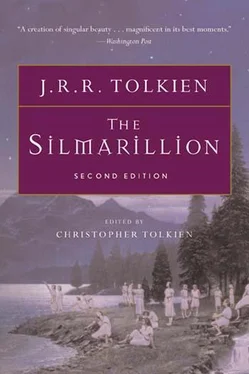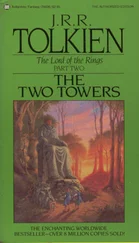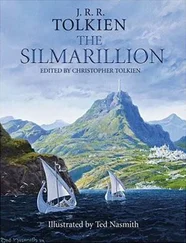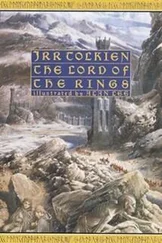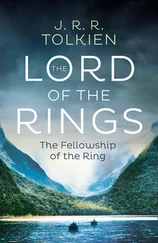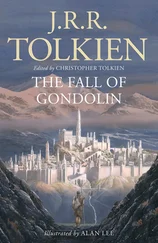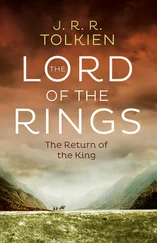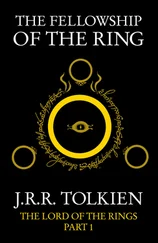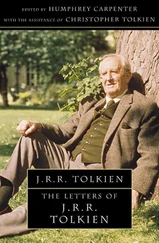Oromet A hill near the haven of Andúnië in the west of Númenor, on which was built the tower of Tar-Minastir.
Orthanc ‘Forked Height’, the Númenórean tower in the Circle of Isengard.
Osgiliath ‘Fortress of the Stars’, the chief city of ancient Gondor, on either side of the river Anduin.
Ossë A Maia, vassal of Ulmo, with whom he entered the waters of Arda; lover and instructor of the Teleri.
Ossiriand ‘Land of Seven Rivers’ (these being Gelion and its tributaries flowing down from the Blue Mountains), the land of the Green-elves. Cf. Treebeard’s song in The Two Towers III 4: ‘I wandered in Summer in the elm-woods of Ossiriand. Ah! the light and the music in the Summer by the Seven Rivers of Ossir!’ See Lindon .
Ost-in-Edhil ‘Fortress of the Eldar’, the city of the Elves in Eregion.
Outer Lands Middle-earth (also called the Hither Lands ).
Outer Sea See Ekkaia .
Palantíri ‘Those that watch from afar’, the seven Seeing Stones brought by Elendil and his sons from Númenor; made by Fëanor in Aman (see The Two Towers III 11).
Pelargir ‘Garth of Royal Ships’, the Númenórean haven above the delta of Anduin.
Pelóri ‘The fencing or defensive heights’, called also the Mountains of Aman and the Mountains of Defence , raised by the Valar after the destruction of their dwelling on Almaren; ranging in a crescent from north to south, close to the eastern shores of Aman.
People of Haleth See Haladin and Haleth .
Periannath The Halflings (Hobbits).
Petty-dwarves Translation of Noegyth Nibin . See also under Dwarves .
Pharazôn See Ar-Pharazôn .
Prophecy of the North The Doom of the Noldor, uttered by Mandos on the coast of Araman.
Quendi Original Elvish name for Elves (of every kind, including the Avari), meaning ‘Those that speak with voices’.
Quenta Silmarillion ‘The History of the Silmarils.’
Quenya The ancient tongue, common to all Elves, in the form that it took in Valinor; brought to Middle-earth by the Noldorin exiles, but abandoned by them as a daily speech, especially after the edict of King Thingol against its use; see especially 128–9, 149–50. Not named as such in this book, but referred to as Eldarin ; High Eldarin ; High-elven ; the tongue of Valinor ; the speech of the Elves of Valinor ; the tongue of the Noldor ; the High Speech of the West .
Radagast One of the Istari (Wizards).
Radhruin One of the twelve companions of Barahir on Dorthonion.
Ragnor One of the twelve companions of Barahir on Dorthonion.
Ramdal ‘Wall’s End’ (see Andram ), where the dividing fall across Beleriand ceased.
Rána ‘The Wanderer’, a name of the Moon among the Noldor.
Rathlóriel ‘Golden-bed’, later name for the river Ascar, after the treasure of Doriath was sunk in it.
Rauros ‘Roaring Spray’, the great falls in the river Anduin.
Red Ring, The See Narya .
Region The dense forest forming the southern part of Doriath.
Rerir Mountain to the north of Lake Helevorn, where rose the greater of the two tributary branches of Gelion.
Rhovanion ‘Wilderland’, the wide region east of the Misty Mountains.
Rhudaur Region in the north-east of Eriador.
Rían Daughter of Belegund (nephew of Barahir, the father of Beren); wife of Huor and mother of Tuor; after Huor’s death died of grief on the Haudh-en-Ndengin.
Ringil The sword of Fingolfin.
Ring of Doom See Máhanaxar .
Rings of Power The One Ring, Great Ring ,or Ruling Ring : Three Rings of the Elves : (see also Narya , the Ring of Fire, Nenya , the Ring of Adamant, and Vilya , the Ring of Sapphire). Seven Rings of the Dwarves. Nine Rings of Men .
Ringwil The stream that flowed into the river Narog at Nargothrond.
Ring-wraiths The slaves of the Nine Rings of Men and chief servants of Sauron; also called Nazgûl and Úlairi .
Rivendell Translation of Imladris .
Rivil Stream falling northwards from Dorthonion and flowing into Sirion in the Fen of Serech. Rivil’s Well .
Rochallor The horse of Fingolfin.
Rohan ‘The Horse-country’, later name in Gondor for the great grassy plain formerly called Calenardhon.
Rohirrim ‘The Horse-lords’ of Rohan.
Rómenna Haven on the east coast of Númenor.
Rothinzil Adûnaic (Númenórean) name of Eärendil’s ship Vingilot, with the same meaning, ‘Foam-flower’.
Rúmil A Noldorin sage of Tirion, the first deviser of written characters (cf. The Lord of the Rings Appendix E II); to him is attributed the Ainulindalë .
Saeros Nandorin Elf, one of the chief counsellors of Thingol in Doriath; insulted Túrin in Menegroth, and by him pursued to his death.
Salmar A Maia who entered Arda with Ulmo; maker of Ulmo’s great horns, the Ulumúri .
Sarn Athrad ‘Ford of Stones’, where the Dwarf-road from Nogrod and Belegost crossed the river Gelion.
Saruman ‘Man of Skill’, the name among Men of Curunír (which it translates), one of the Istari (Wizards).
Sauron ‘The Abhorred’ (in Sindarin called Gorthaur ); greatest of the servants of Melkor, in his origin a Maia of Aulë.
Secondborn, The The Younger Children of Ilúvatar, Men.
Seeing Stones See Palantíri .
Serech The great fen north of the Pass of Sirion, where the river Rivil flowed in from Dorthonion.
seregon ‘Blood of Stone’, a plant with deep red flowers that grew on Amon Rûdh.
Serindë ‘The Broideress’; see Míriel (1) .
Seven Fathers of the Dwarves See Dwarves .
Seven Stones See Palantíri .
Shadowy Mountains See Ered Wethrin .
Shepherds of the Trees Ents.
Sickle of the Valar See Valacirca .
Silmarien Daughter of Tar-Elendil, the fourth King of Númenor; mother of the first lord of Andúnië and ancestress of Elendil and his sons Isildur and Anárion.
Silmarils The three jewels made by Fëanor before the destruction of the Two Trees of Valinor, and filled with their light.
Silpion A name of Telperion.
Silvan Elves Also called Woodland Elves . They appear to have been in origin those Nandorin Elves who never passed west of the Misty Mountains, but remained in the Vale of Anduin and in Greenwood the Great; see Nandor .
Sindar The Grey-elves. The name was applied to all the Elves of Telerin origin whom the returning Noldor found in Beleriand, save for the Green-elves of Ossiriand. The Noldor may have devised this name because the first Elves of this origin whom they met with were in the north, under the grey skies and mists about Lake Mithrim (see Mithrim ); or perhaps because the Grey-elves were not of the Light (of Valinor) nor yet of the Dark (Avari), but were Elves of the Twilight . But it was held to refer to Elwë’s name Thingol (Quenya Sindacollo, Singollo ‘Grey-cloak’), since he was acknowledged high king of all the land and its peoples. The Sindar called themselves Edhil , plural Edhel .
Читать дальше
